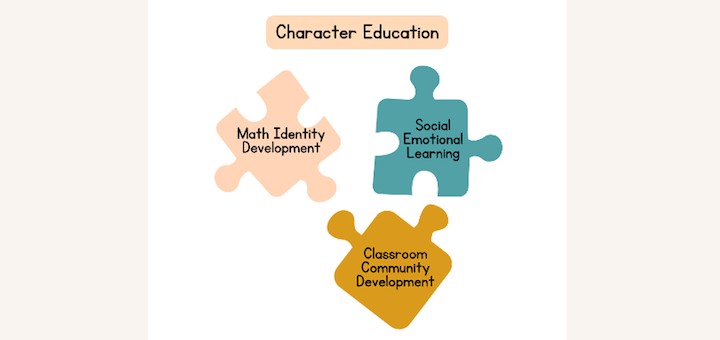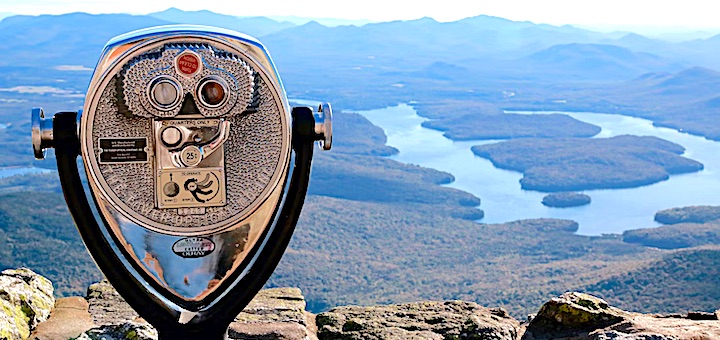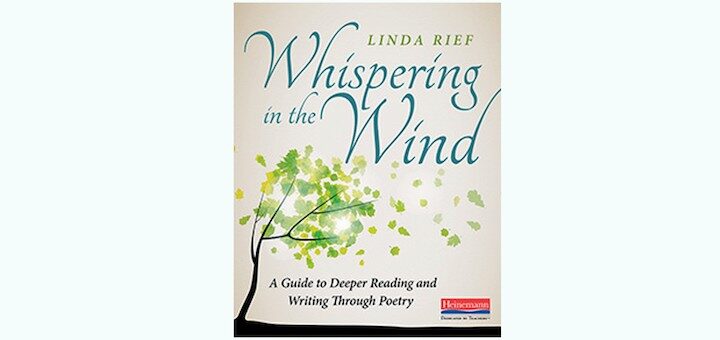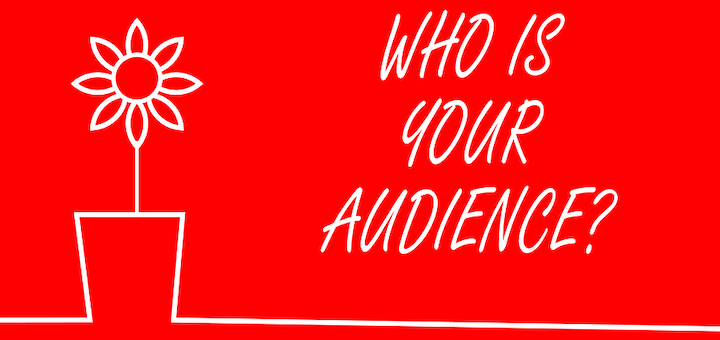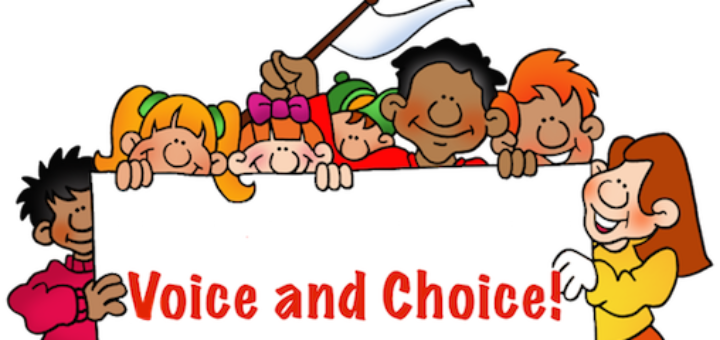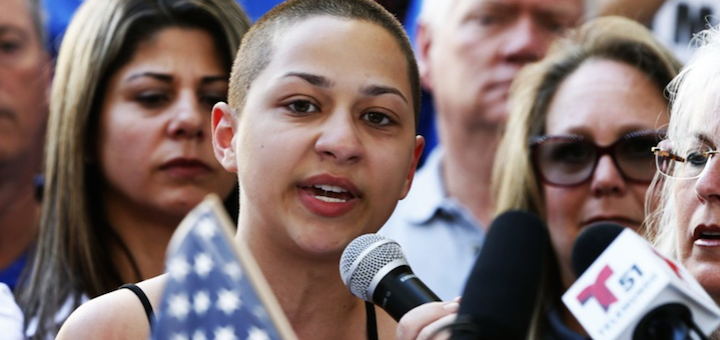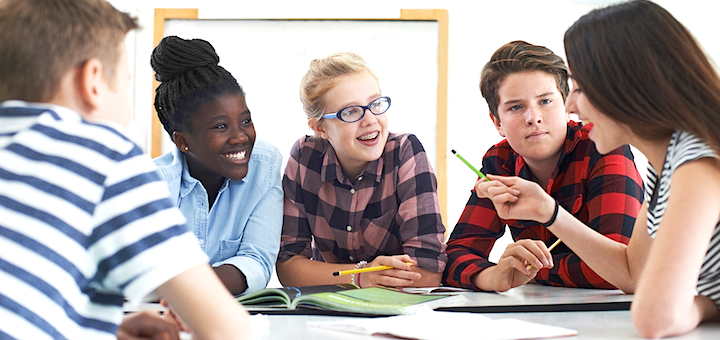Math: the Perfect Place to Teach Character
In math class students can be challenged to build both their character and their math proficiency if we adopt the roles of cultivator and guide. Mona Iehl calls on teachers to follow the principles of ECHO and help each student embrace a leadership role in the learning journey.

